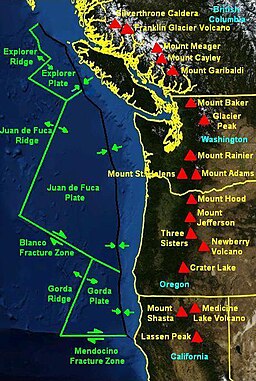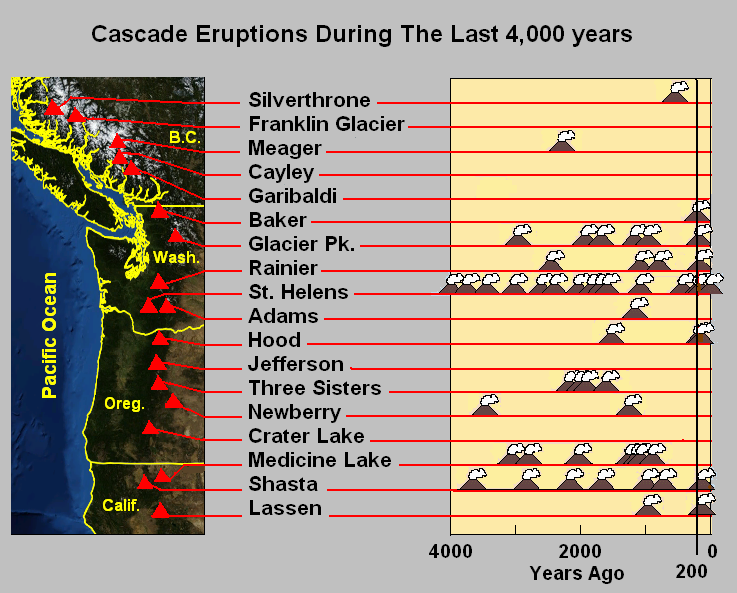https://youtu.be/2NZoXwM67z0 [0:32 seconds]
Others: Images for November Dawn Over Mount Baker ...
Baker | Volcano World | Oregon State University [volcano.oregonstate.edu/baker]
Others: Images for November Dawn Over Mount Baker ...
Kulshan has erupted numerous times in (Lummi: Qwú’mə Kwəlshéːn; Nooksack: Kw’eq Smaenit or Kwelshán), also known as Koma Kulshan or simply Kulshan, Sto:Lo Koma Kulshan or simply Kulshan?, has erupted 13 times in recorded history. Its last eruption was in 1880.
Baker | Volcano World | Oregon State University [volcano.oregonstate.edu/baker]
Mt. Baker is an isolated stratovolcano in northern Washington. It is the northernmost of the Cascade volcanoes in the United States. Most of the summit of the volcano is covered by glaciers. Because of this, some First Nations gave Mt. Baker a name meaning "White Steep Mountain."; Sto:lo "Father", with Mount Cheam being mother.
Kulshan Stratovolcano© / Mount Baker Stratovolcano© has been very active over the last 10,000 years. Over that time it has had one pyroclastic
 |
| Image: Easton Glacier near the summit. |
Kulshan Stratovolcano© / Mount Baker Stratovolcano© has been very active over the last 10,000 years. Over that time it has had one pyroclastic
flow, at least four small tephra eruptions, at least two lava flows and at least eight mud flows. Mud flows remain the largest hazard on Kulshan Stratovolcano© / Mount Baker Stratovolcano©. Kulshan / Mt. Baker erupted in 1843. This eruption resulted in the deaths of many fish in the Baker River, a large forest fire, and the dropping of volcanic ash. The release of steam occurred at Mt. Baker in 1975-6, but no eruption followed this event. One of the most recent formations on Baker is a ~760 m (~2500 ft) wide, ~100m (~330ft) high cinder cone and its ~11 km (~7 mile) long lava flow at Schreibers Meadow.
Sources of Information:
Wood, Charles A. and Kienle, Jurgen, "Volcanoes of North America: United States and Canada," Cambridge University Press, Cambridge, MA, 1990, 354 pp.
Wood, Charles A. and Kienle, Jurgen, "Volcanoes of North America: United States and Canada," Cambridge University Press, Cambridge, MA, 1990, 354 pp.







